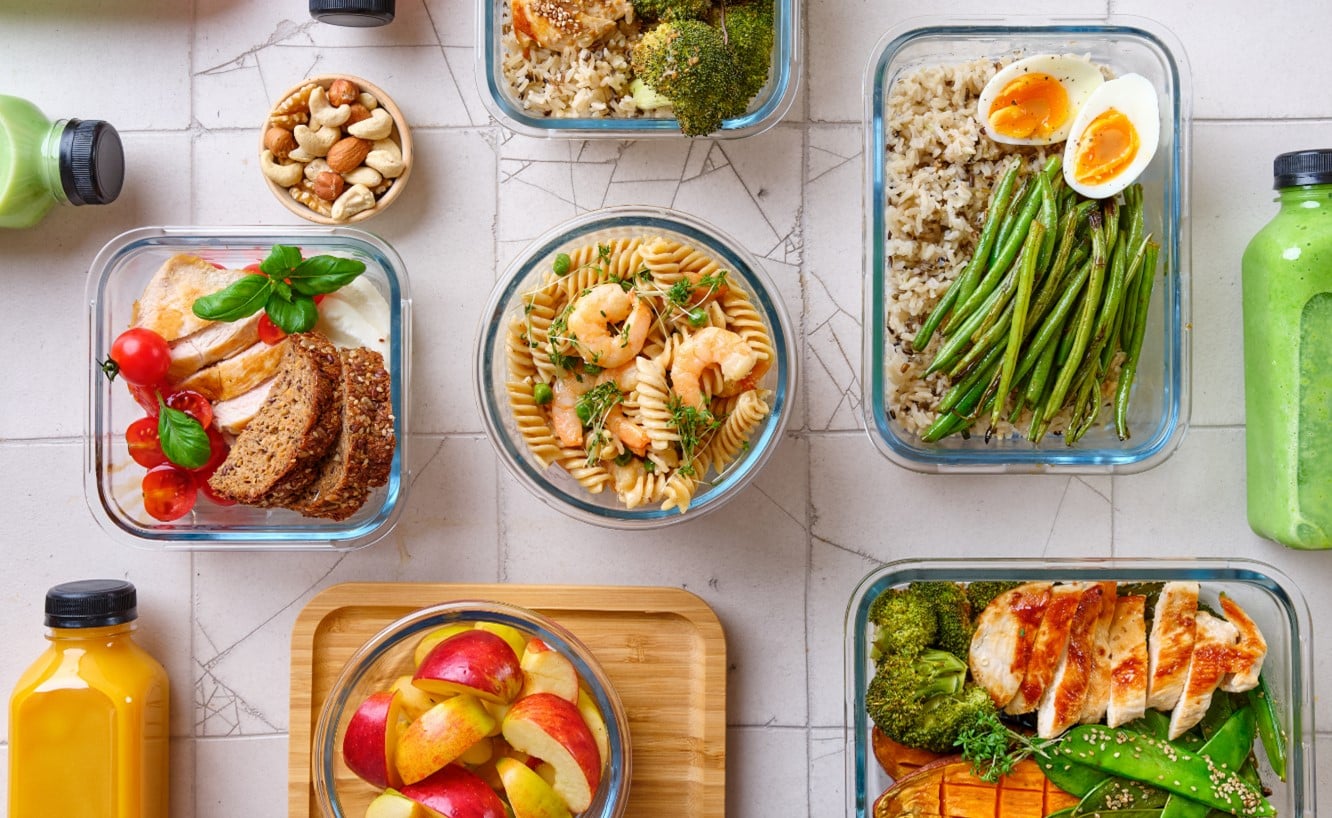In today’s hustle-driven world, cooking a healthy meal every day might feel like a luxury you can’t afford. Between work, school, and life’s chaos, it’s easy to default to takeout or pre-packaged snacks. That’s where meal prepping comes in—a smart, time-saving solution that helps you eat better, spend less, and reduce daily decision fatigue. With just a few hours of planning and prepping each week, you can have delicious, healthy meals ready to grab and go.
Ready to get organized in the kitchen and reclaim your time? Let’s break down how to meal prep like a pro—with practical tips, strategies, and examples to help you set yourself up for a week of healthy eating.
What Is Meal Prepping?
Meal prepping is the process of planning and preparing your meals in advance, typically for the week ahead. It can be as simple as chopping vegetables and pre-cooking grains, or as involved as portioning out full meals into containers.
The goal? To make healthy eating convenient, consistent, and less stressful.
Benefits of Meal Prepping:
- Saves time during the week.
- Supports healthy eating goals by controlling ingredients and portions.
- Reduces food waste and grocery costs.
- Helps you avoid impulse takeout decisions.
- Makes weekday lunches and dinners effortless.
Step 1: Set Your Weekly Meal Prep Goals
Before you fire up the stove or start chopping veggies, get clear on what you want to achieve with your meal prep.
Ask Yourself:
- Are you prepping all three meals (breakfast, lunch, dinner), or just one?
- Do you want to focus on weight loss, muscle gain, or clean eating?
- How many servings will you need per day/week?
Start small—prep for 3–4 days instead of the full week if you’re new. You can always scale up as you get comfortable.
Step 2: Plan Your Menu Strategically
Once you know your goals, it’s time to plan your meals. A little strategy goes a long way here. Think about dishes that store well, reheat nicely, and use overlapping ingredients.
Tips for Building Your Menu:
- Choose 2–3 proteins, 2–3 veggies, 1–2 grains, and mix/match for variety.
- Plan meals that work well hot or cold (like salads, bowls, or wraps).
- Pick a few base recipes and create variations (e.g., taco bowls, stir-fries, pasta dishes).
- Make room for snacks and breakfast too—overnight oats, boiled eggs, or energy bites are quick wins.
Sample Weekly Menu:
- Breakfast: Overnight oats with fruit, hard-boiled eggs.
- Lunch: Chicken quinoa bowls, lentil salad with lemon vinaigrette.
- Dinner: Turkey chili, baked salmon with sweet potato and broccoli.
- Snacks: Hummus and carrots, Greek yogurt, mixed nuts.
Step 3: Make a Master Grocery List
Now that your menu is set, write a detailed grocery list grouped by category (produce, protein, pantry, etc.). This saves time and helps avoid unnecessary impulse buys.
Pro Tips:
- Shop your pantry first—use what you have!
- Buy ingredients that can be used in multiple meals (e.g., a big bag of spinach for smoothies, salads, and omelets).
- Don’t forget healthy oils, herbs, and seasonings for flavor.
Bonus Tip: Use apps like Mealime, Paprika, or Notion templates to keep your recipes and lists organized digitally.
Step 4: Prep Efficiently (Batch Cooking 101)
Now comes the fun part—prepping! Set aside 2–3 hours on your chosen day (usually Sunday or Monday) and get into batch cooking mode. Put on a playlist or podcast, and treat it like a productivity session.
How to Meal Prep Like a Pro:
- Start with what takes the longest—think roasting sweet potatoes or baking chicken.
- Multi-task wisely: While the oven is on, cook grains on the stove and chop veggies.
- Use big sheet pans to roast multiple veggies at once (like bell peppers, zucchini, and carrots).
- Cook proteins in bulk—grill, bake, or sauté your chicken, beef, tofu, or tempeh all at once.
- Portion everything into air-tight containers (more on that next).
Step 5: Use the Right Containers
The right storage can make or break your meal prep. Investing in quality containers keeps your food fresher and your fridge more organized.
What to Look For:
- Glass or BPA-free plastic containers.
- Microwave and freezer-safe.
- Divided containers for meals with multiple components.
- Mason jars for overnight oats or salads (pro tip: dressing goes at the bottom!).
Label each container with the meal name and date so you don’t forget what’s inside or when it was made.
Step 6: Store and Reheat Properly
Once your meals are portioned out, you’ll need to store them to keep them fresh.
Storage Tips:
- Most meals will last 3–4 days in the fridge.
- Freeze extras if prepping for a full week—especially soups, chili, and casseroles.
- Reheat on the stovetop or microwave, but avoid overcooking so food doesn’t dry out.
Pro Tip: Add fresh toppings (like avocado, cilantro, or lemon juice) after reheating for added flavor and freshness.
Step 7: Keep It Fun and Flexible
Even with a plan, things come up. Maybe you have dinner plans midweek, or you’re just not in the mood for chicken again. That’s okay!
How to Stay Flexible:
- Leave one or two meals unplanned to allow for spontaneity.
- Keep a few “emergency” meals in the freezer (like veggie curry or frozen stir-fry kits).
- Switch up sauces and toppings to transform leftovers—today’s chicken and rice bowl becomes tomorrow’s burrito or salad.
Pro Meal Prep Hacks
Here are a few extra tricks that experienced meal preppers swear by:
1. Double Recipes
Always double recipes that freeze well—like soups, pasta sauces, or chili. Future you will thank present you.
2. Prep Ingredients, Not Just Meals
If cooking full meals feels overwhelming, start by just prepping ingredients—wash and cut veggies, cook grains, marinate proteins.
3. Use Theme Days
Assign a theme to each day to make planning easier:
- Meatless Monday
- Taco Tuesday
- Stir-Fry Friday
- Slow Cooker Sunday
4. Build a Recipe Rotation
Have 10–15 go-to recipes you can cycle through. It saves mental energy and streamlines grocery shopping.
Final Thoughts: Meal Prep = Freedom
Meal prepping isn’t about eating the same bland meal five days in a row—it’s about setting yourself up for success. With a few hours of planning and prep, you’ll find yourself eating healthier, spending less, and feeling more in control of your week.
Start small, stay consistent, and tweak your system until it fits your lifestyle. Before you know it, you’ll be prepping like a pro—and wondering how you ever managed without it.
Written by: The YumTimes Online Team
Healthy hacks, lifestyle upgrades, and real-world wellness tips—delivered fresh at https://yumtimes.online

